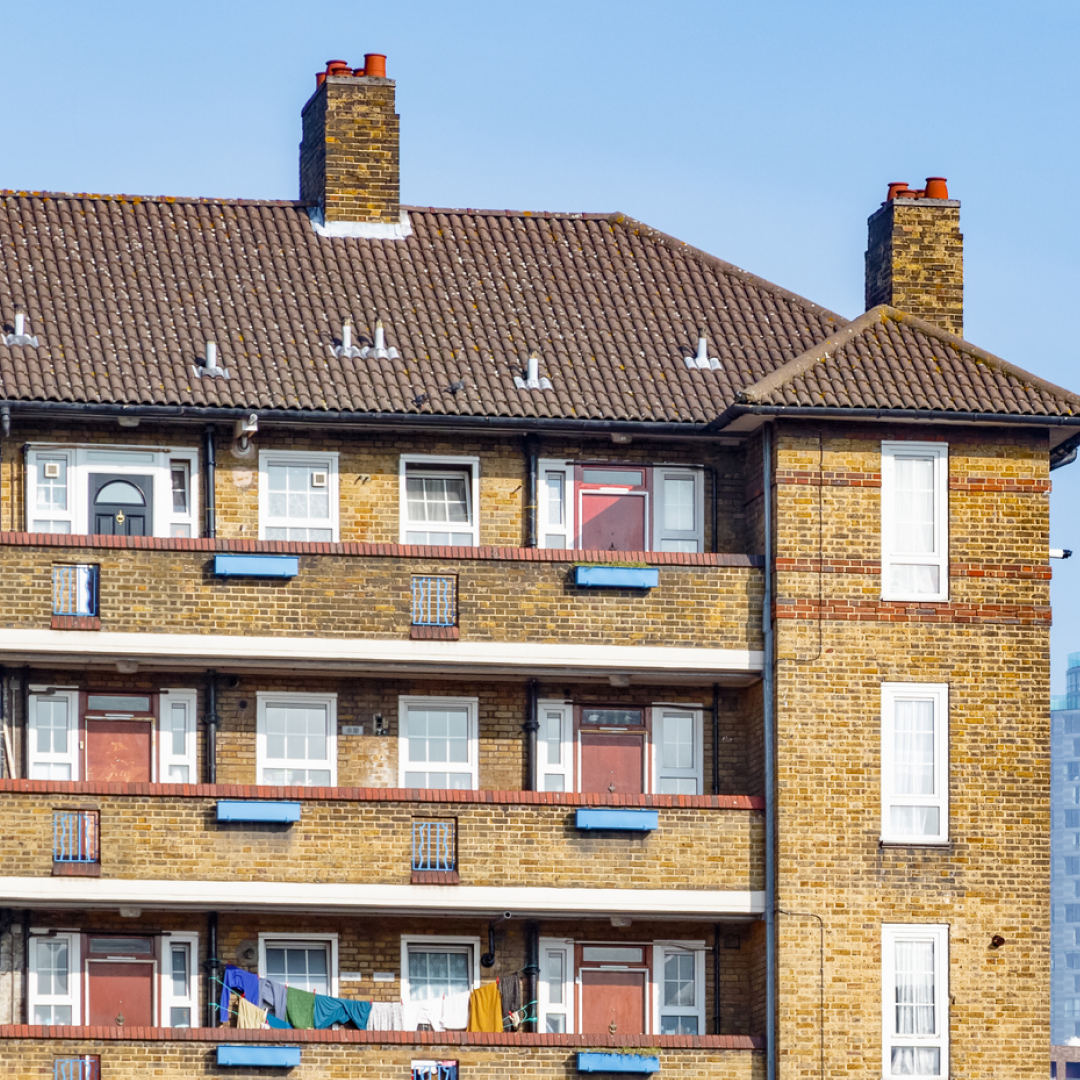Meinhardt Blog
How MEP building infrastructure can help reduce business energy costs in commercial buildings during the energy crisis
Energy prices for businesses have increased by an average of 20% over the last three months and are due to keep rising. Most businesses will have had to renegotiate their gas and electricity rates back in October, with studies showing that businesses looking for a new energy contract will be paying up to four times the price they paid for their electricity in 2020. Meinhardt UK MEP Senior Associate, Sam Courtney shares his thoughts on this topic below.

These spiralling costs reinforce how essential it is for businesses to implement energy efficiency measures in their existing buildings and when looking to move.
Different options require different levels of intervention and cost when considering a reduction in energy costs. Replacement of existing compact fluorescent luminaires with LEDs can be one of the simplest and most cost-effective to implement, existing fittings can be replaced like-for-like in the same location with fittings designed to replicate the compact fluorescent luminaires, or for even less intervention – the existing fittings used with the light source replaced.
Lighting makes up approximately 25% of the total energy demand of office buildings in the UK. The replacement of compact fluorescent fittings with LED can lead to a significant cost reduction in energy bills, with LED light sources over 80% more efficient than traditional fluorescent fittings. For example, a typical 72W compact fluorescent panel fitting will have a similar light output to a 26W fitting in a like-for-like comparison which can result in over a 60% reduction in lighting energy costs. Based upon pre-energy crisis cost models this could lead to a payback on investment of two-three years – this duration is likely to have noticeably reduced based upon recent energy price increases.
To further improve energy efficiency the HVAC and DHW solution within the building can be reviewed, this solution is likely to be more expensive but makes up 40-45% of the total energy `e4rdemand and therefore reductions here can lead to significant overall savings, though the payback will be longer. Traditionally the use of Air Source Heat Pumps (ASHP) in newer buildings has been to significantly improve the carbon footprint of a building, but now with the rising cost of gas and ASHPs having notably higher efficiency (circa 300% vs 80%) the economic value of this solution is starting to come through, whilst the payback is still approximately 12-15 years this will continue to reduce as gas prices increase and the UK continues to move away from dependence on fossil fuels, reducing its investment into gas infrastructure.
Finally, as the creation of a healthy workplace environment has become ever more important following the Covid-19 pandemic, there has been a look to increasing the supply of mechanically ventilated air to spaces to improve air quality which, combined with rising external temperatures contributing to unforeseen weather events, has resulted in a growing need for higher capacity ventilation and cooling systems. This in turn has increased energy demands on buildings and in turn tenants, reinforcing the need to create energy savings wherever possible.
Meinhardt UK has been getting actively involved in pushing this agenda across our portfolio, one of our most recent examples is working with several London Boroughs on their decarbonisation strategies to help reduce energy costs across their building portfolios, including commercial buildings, community centres and schools. This study will help quantify the carbon reduction of moving to a more energy-efficient MEP infrastructure and help the councils roll out this strategy across their wider building stock in the future.
By Sam Courtney. Get in touch for more details.

